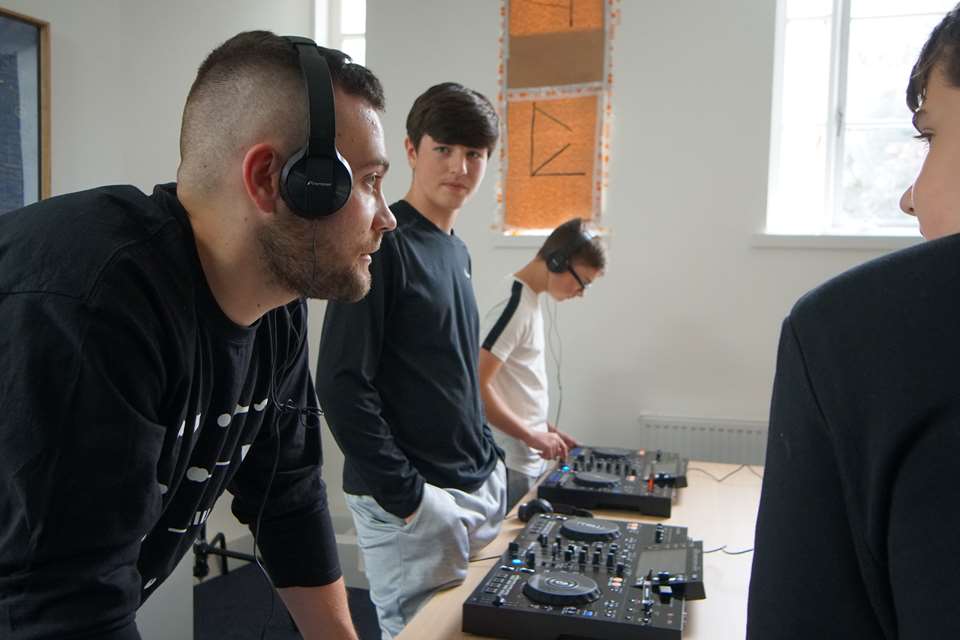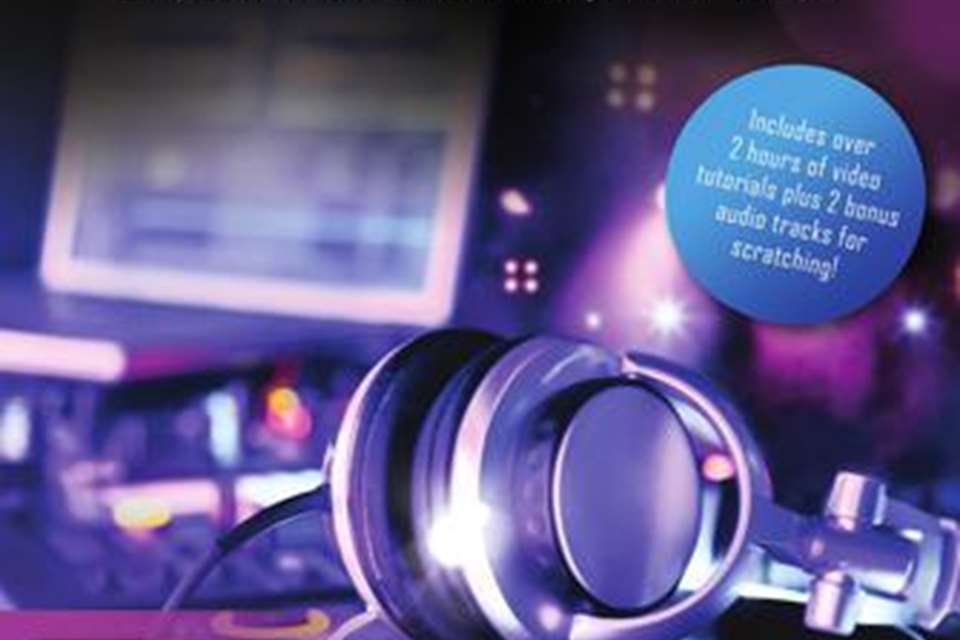Turntablism meets classical
Bradley Smith
Saturday, July 1, 2023
Bradley Smith, assistant head of Leicestershire Music, reports on a ground-breaking event that combined tradition and innovation.

Robin Hardman
The 27–28 March 2023 marked a momentous occasion for the music community in Leicester. At De Montfort Hall, Leicestershire Music celebrated its 75th anniversary with two days of music workshops and concerts. Part of the event was an incredible performance featuring the 2013 DMC World Champion Turntablist (and Leicester's own), Jon Furst, alongside the Royal Birmingham Conservatoire LEAP (Learning and Participation) Orchestra. This colourful collaboration between cutting-edge digital technology and classical instruments showcased the endless possibilities of sound and instrumental combinations, captivating an audience made up of 266 school staff and over 2000 pupils from 31 schools.
One of the standout features was Furst's skilful use of turntables equipped with Digital Vinyl System (DVS) technology. This technology allows turntablists and DJs to use their own selection of unique, originally recorded and edited samples and sounds and to manipulate these using special timecode vinyl records.
DVS in education
DVS technology offers an exciting and cost-effective way for music teachers to work with pupils who are interested in turntablism and DJing. Using standard turntables and an iPad, the set-up can be very straightforward, requiring minimal extra equipment, allowing you to begin scratching and interacting with your own recorded sounds on real vinyl. (For a guide on what to buy and how to set up your own DVS technology, follow the link at the end of this article.)
Furst's enthusiasm for turntables as instruments, especially when coupled with DVS technology, is well known when it comes to education: ‘The ability to manipulate original beats, samples and sounds using records opens up a world of creative possibilities for students', he says. ‘It allows them to explore their own unique musical ideas and bring these to life in their compositions and performances.’
Keeping it relevant
When reflecting on his own experiences of music in education, Furst shares how ‘In most music lessons, there wasn't often a focus on genres and sounds that were relevant to my own musical tastes. I think it's important for young people to be exposed to a breadth of genres, instruments and fusions in their education to broaden their musical experiences and to increase their engagement and musical curiosity.’
In a technology-driven society where young people are increasingly immersed in digital experiences, integrating technology into music education often piques their interest and engages them on a familiar level. By bridging the gap between technology and traditional instruments, music teachers can captivate students by creating a sense of relevance and connection to their everyday lives. This view is shared by Richard Shrewsbury, head of Learning and Participation at the RBC: ‘Technology is integrated into everything in our lives', he explains. ‘In every area of learning, culture and arts, technology should be incorporated.’ When discussing classical instruments being used to perform contemporary genres, he continues: ‘It's really powerful for children and young people to see these types of instruments playing these types of genres. If a young person can see and hear music that relates to them, it's often more engaging.’
Joining of minds
The collaboration between Furst and the LEAP Orchestra showcased the possibilities of blending technology with classical instruments across a range of genres. But it also inspired learners to explore new realms of musical expression. Mia, a young member of the audience, thought ‘It was great seeing the demonstrations by Jon before the performance, so that we could understand some of the techniques he was using. It was interesting to hear how you can record your own sounds and scratch them on records, too.’
For a newly created piece, Drifting, the turntablist collaborated with composer Jeremy Clay, a teaching fellow in professional development and outreach at the RBC. This was realised live on the night and very well received. In a conversation I had with Clay, he emphasised the collaborative nature of the project and how he and Furst had brought their own skills to the table: ‘The piece we ended up making wasn't just a DJ plus orchestra; it was a true collaboration. Working together, we found ways to merge our different approaches and create something truly exciting.’
Tutorial video on how to setup DVS: http://tinyurl.com/4szt825c





